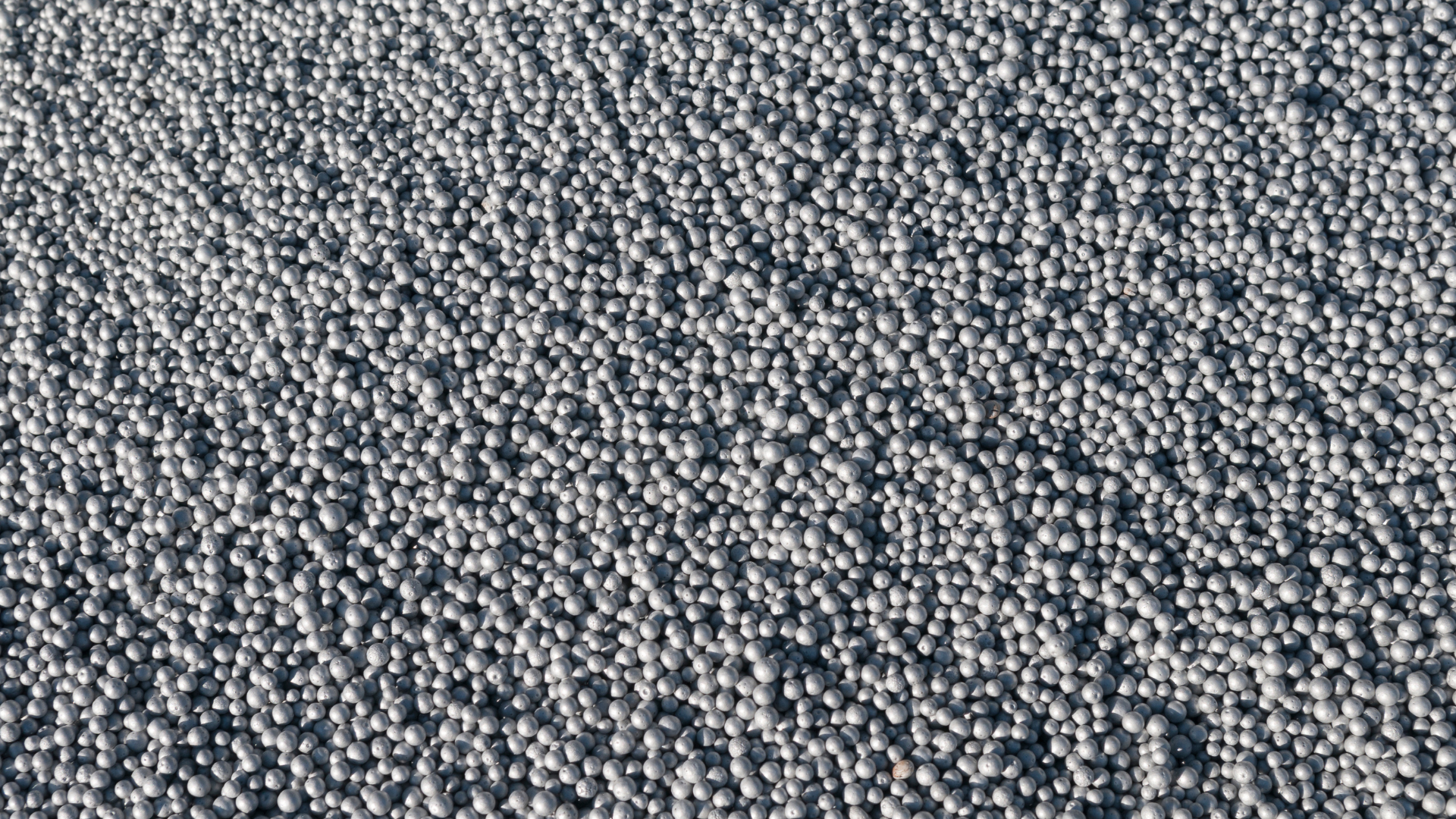FREE Heat Saving Insulation
Cavity wall insulation is a cost-effective way to reduce energy bills, as it impedes heat loss from homes, ensuring a warmer dwelling in winter and a cooler one in summer. This improvement in thermal efficiency can substantially lower carbon footprints, aligning with the UK’s sustainability goals. Furthermore, it can enhance soundproofing, creating a more tranquil indoor environment. Grants available in the UK make this a financially attractive upgrade for homeowners.

















